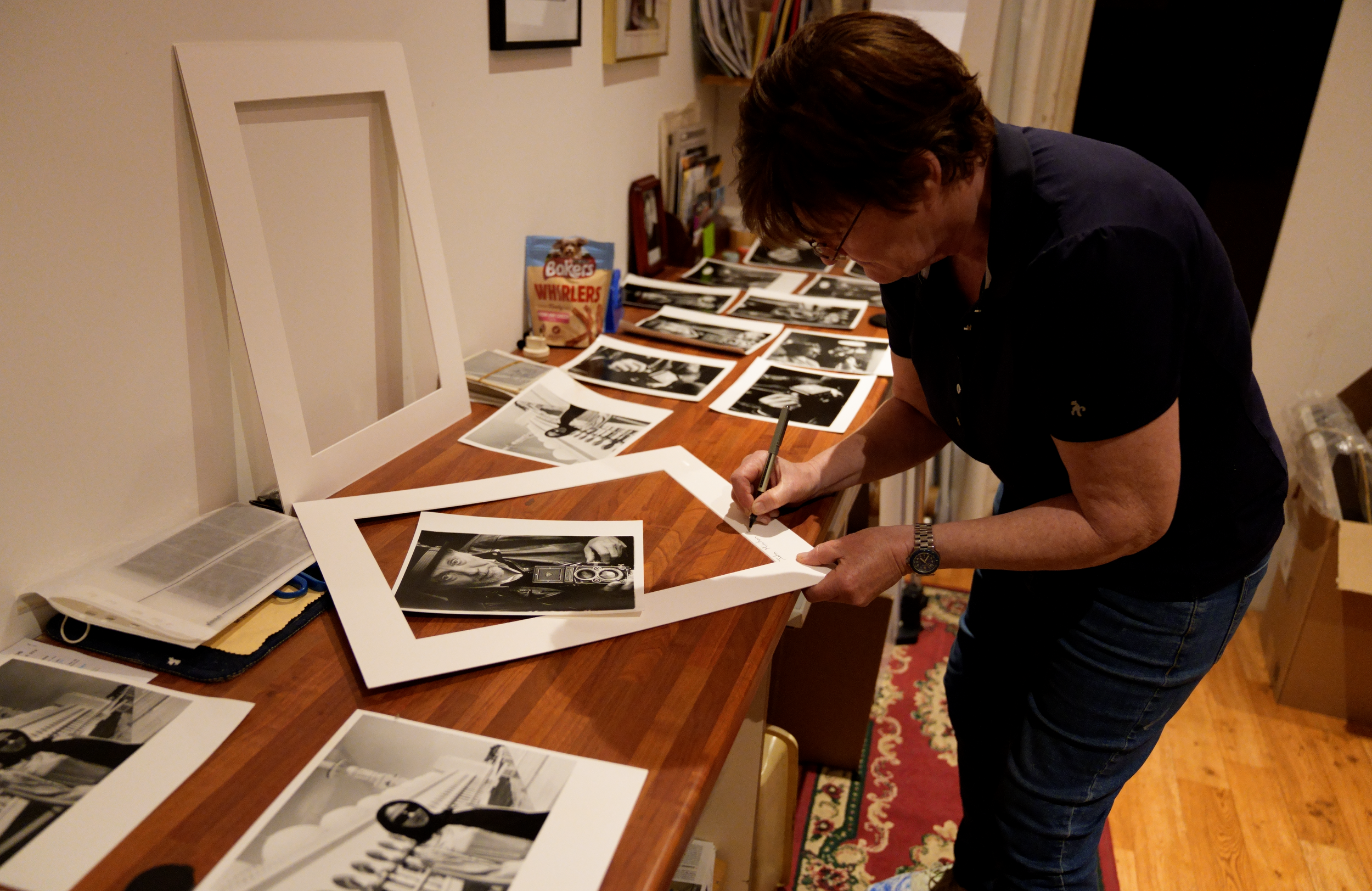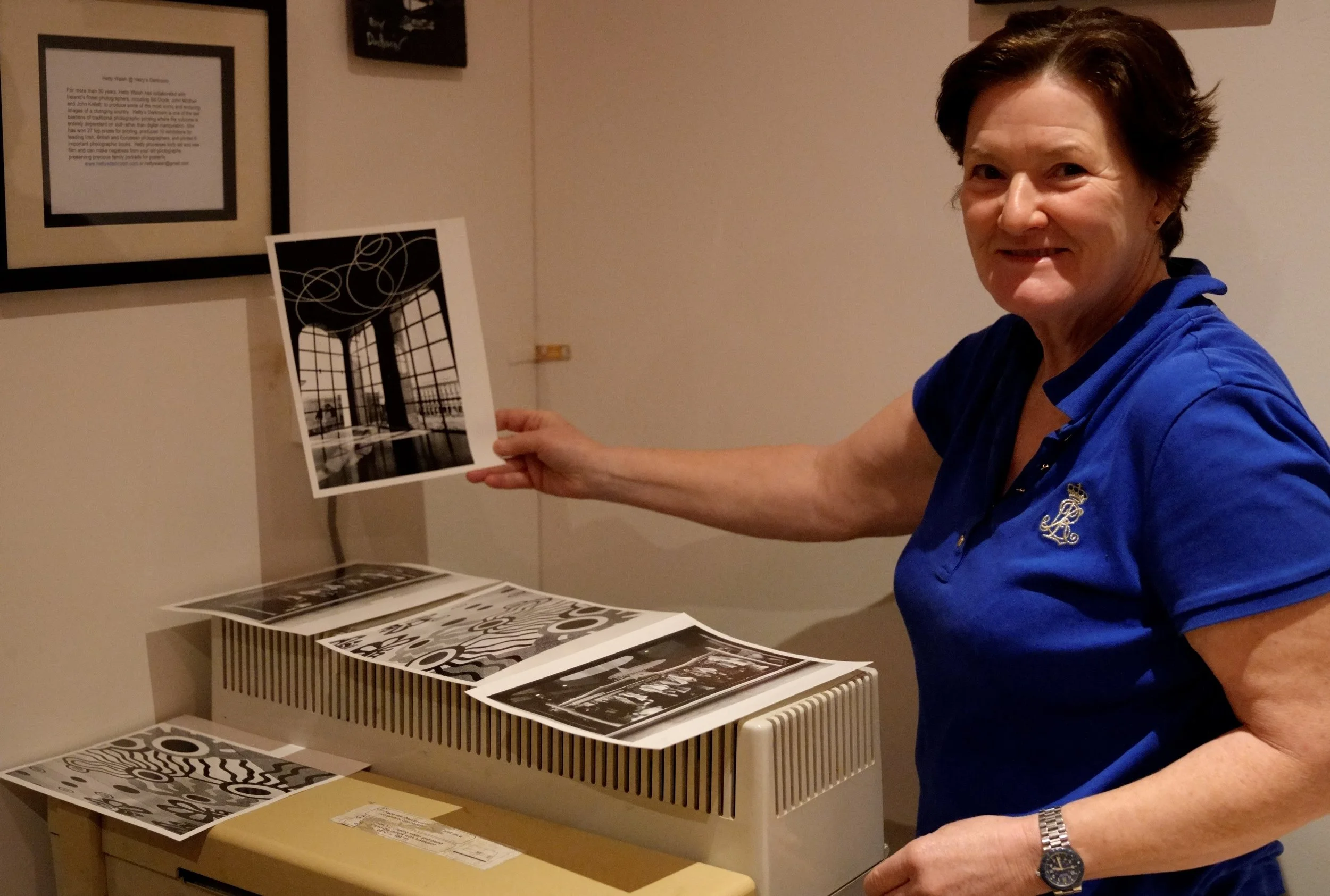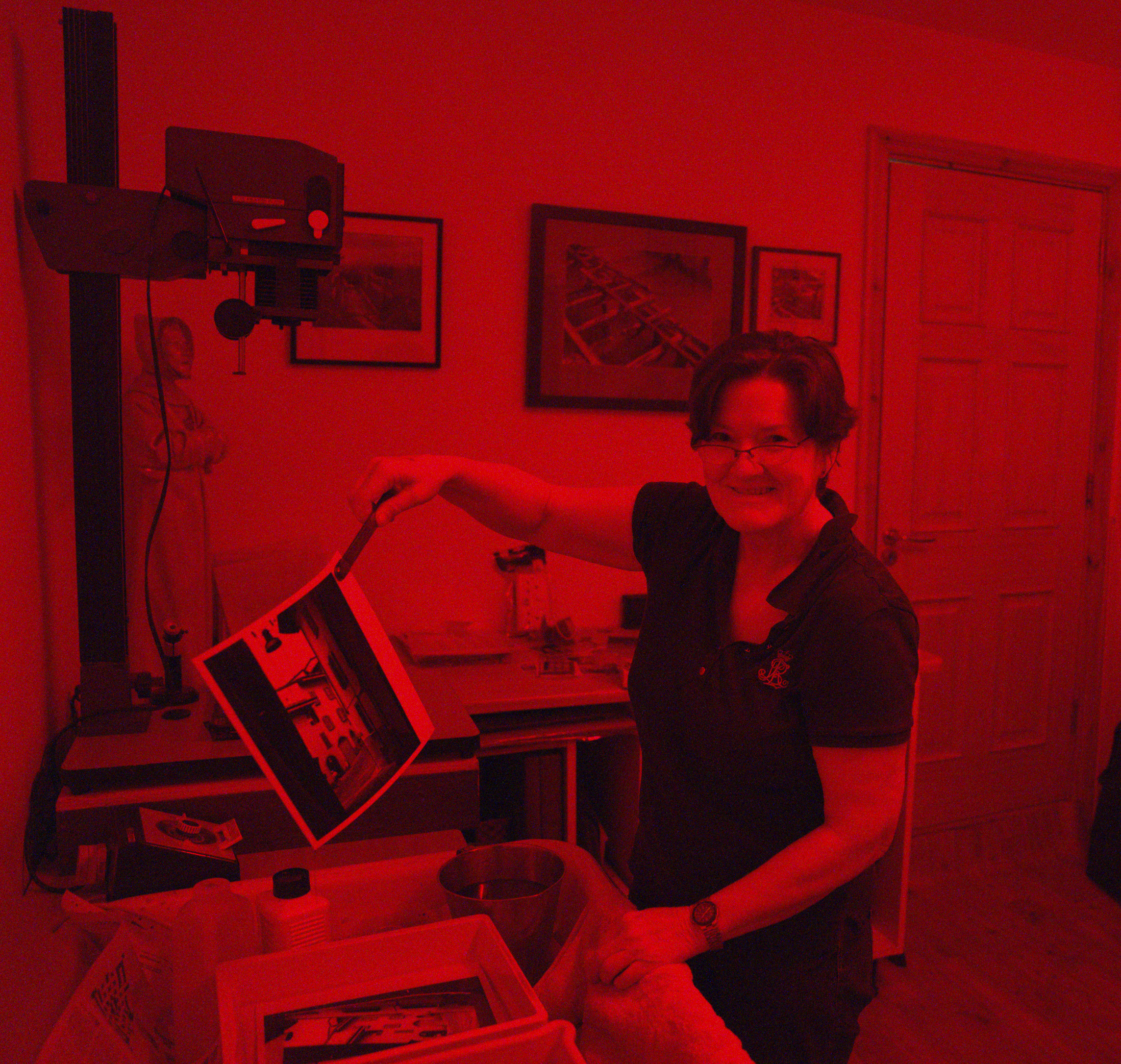Inside the Darkroom with Master Printer Hetty Walsh
The Art of Film Development and Printing
“In the glow of the red light, I learned that photography is not just about taking a picture — it is about making one.”
When I first received the developed roll of film from my grandfather’s old camera, it was handed to me by the woman who had coaxed those forgotten images back to life. As she gave me the photographs, she asked if I would like to visit her darkroom. If I were truly curious about the process, she said, she could show me how film is developed and how prints are made.
I accepted without hesitation. Over the following months, I found myself stepping into a world that felt timeless and almost sacred, a place where many famous photos came to light. In the glow of the red light, she revealed each stage of the craft to me, from mixing chemicals to handling negatives, from watching an image slowly emerge on paper to adjusting contrast and light with a practised eye.
Hetty not only developed the negatives and printed the black and white film photos for me, but also kindly took me under her wing. She tutored me in the intricate ins and outs of developing film and printing black and white photography in her darkroom. I was fortunate enough to learn from Hetty, a true virtuoso of her craft, with an astounding 27 Kodak awards to her name.
Under her expert guidance and mentorship, I began to truly understand the artistry and technical skills required to produce breathtaking photographs. She showed me how to print with precision, how to dodge and burn an image to shape it, and how to play with light in ways that transformed a simple frame into something extraordinary. Elements such as contrast and exposure, which I had only superficially understood, suddenly became alive.
For a few months, I was her student. And although our time together was brief, the lessons were profound. She was preparing to close her darkroom for good, retiring after decades of work, and I was honoured to be the last person she passed her knowledge on to.








We became friends ever since. She showed me her life’s work — the famous photographs she had printed for others. Over her career, she had worked with some of the most renowned Irish photographers, such as Bill Doyle and John Minihan, and even famous actors like Pierce Brosnan and Daniel Day-Lewis.
I also wanted to make sure her knowledge and presence were preserved for the next generation. So I filmed her at work in the darkroom, recording in a documentary style as she moved through her process. She even gave me an interview, which now serves as a lasting record of her craft, her words, and her story. [Watch the documentary → (Coming soon)]
Hetty Walsh was not only a master printer with decades of experience, but a patient teacher who accelerated my path as a photographer. In her darkroom, I learned that photography is more than the press of a shutter; it is an alchemy of light, shadow, and time. It was through her guidance that I began to understand what it means to make an image rather than simply take one.
After being heavily influenced by film photography and inspired by the discovery of Vivian Maier’s work, I longed for a medium-format Rolleiflex camera. “Quality is all the way,” Hetty told me. True to her generous spirit, she introduced me to a living legend, John Minihan, who would later pass his own Rolleiflex camera down to me.
That chapter became a turning point, one that would lead me into an extraordinary friendship with John Minihan.
This story is Part 2 of a trilogy about legacy, mentorship, and photography.
